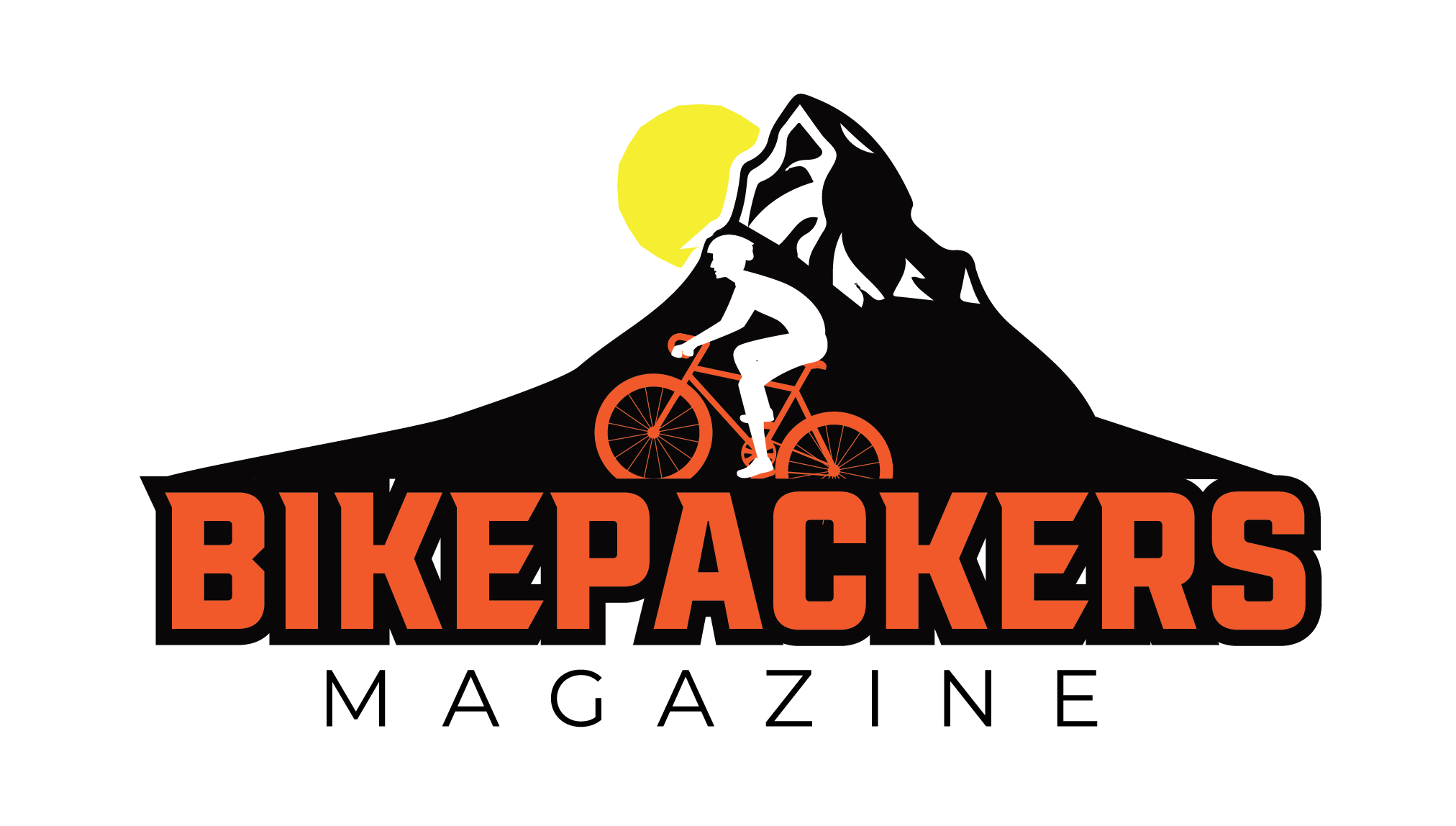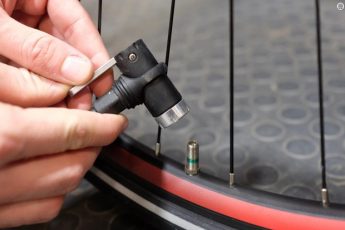“Nothing is impossible”.
That’s a popular adage around town. But is this applicable in all scenarios? Is it possible to pump up a bike tire with just a ball pump?
It isn’t known when the main bike pump was invented, however, it is accepted to have been in or around 1887, which is the point at which the primary inflatable tire or pneumatic tire was delivered by John Boyd Dunlop of Scotland.
The primary bike pump comprised of a metal chamber that had a metal pole running down its center. This designed with the sole intent of air transmission by having constrained inside by letting the air all out through the chamber, and afterward sucking in new air when the metal bar was pulled up once more.
This dual process of taking in and ejection of air is known as the Upstroke and downstroke.
Numerous cutting edge and modern pumps utilize this fundamentally, using the same technique as strategy, while a few, for example, the electric pumps, utilize a mechanized siphoning component.
Best Buy Ball Pump
Quick Navigation
1. SPORTBIT Ball Pump with Push&Pull Inflating System – with 5 Needles and E-Book – CHECK ON AMAZON
2. Spalding Single Action Plastic Championship Ball Pump – CHECK ON AMAZON
3. MINGRU Ball Pump for Basketball, Soccer, Volleyball, Rugby, Water Polo Ball & Other Inflatables Air Pump, Needles and Nozzles Included – CHECK ON AMAZON
4. REVIVL Ball Pump with 5 Needles and 1 Nozzle – Air Pump for Inflatables, Basketball, Soccer, Volleyball, Football, Sport Ball – Dual Action for Faster Inflation – Just 6 Inches Small with Hose Holder – CHECK ON AMAZON
However, we have known that all manual pumps follow the same rules of production, procedure, and engagement as regards to inflation, with this at the bottom of our minds, does that mean we could just pump our bike tires with a ball pump since all pumps are similar in construction? Bicycle tires come in different specifications, sizes, and threading.
Mountain tires usually come in different diameters; 26 inches, 27.5 inches. Road tires have a width range of 23/25 millimeters and diameters of 23, 25, and 28 inches. Initially, Road Bicycles were constructed with tires as narrow as 18 inches but upon the realization by racers that a larger width in tires can offer better comfort, perfect frictional resistance, and strong grip and balance.
The type of tire on your Bicycle largely determines its air pressure.
For instance; a tire with 2.5-2.8 inches might have to ride on an air pressure of 28-30 PSI. The thickness of the tire can also be a determining factor as tires with thicker body casing are known for less air pressure.
Why am I wasting time analyzing a bicycle tire?
I want you to look through in detail, the possibility of pumping a bike tire with a ball pump.
Bicycle tires as we know are manufactured with either a Presta valve or a Schrader valve. This heavily describes which and what bike pump will be suitable for its inflation.
According to the Federation of International Football Association FIFA, the recommended air pressure for soccer balls must be between 8.5 PSI and 15.6 PSI. Basketballs have an air pressure rating of 8-10 PSI. Handballs are regulated on a PSI of 5.8- 8.7 PSI.
Volleyball having an official air pressure of 4.3 to 4.6 PSI. This gives you a view as to how little the amount of air from a ball pump can be.
A ball pump has a piston designed to release little air to match up to the amount of air pressure required for the balls.
If ball pumps produce an air pressure greater than the Ball’s specification, the game which it is to be played with will lack fun as there will be too much bounce on the ball.
Notwithstanding, this little pressure output might be an area to consider while trying to reach at least 80 PSI for your bike tire.
Most Bicycle tires are Tubeless. This feature however which seems nice to the cyclist places major concerns on Inflation.
Tubeless Bicycle tires which provide amazing benefits as; ability to run your bike on low pressure, reduced risk on having flat tires as there are no tubes to be punctured, reduced weight causing the bicycle to gain some speed during pedaling, ability to run on low tire pressure, and however less rolling resistance. Notwithstanding all these merits, tubeless tires required a great surge of air pressure during Inflation and also at a fast rate.
Reaching such a great amount of pressure required by the tire might be a milestone for a ball pump, moreover, it will be extremely difficult to pump your ball pump to a fast tempo to meet with the needs of a tubeless tire.
Ball pumps are generally built to small shape, their body to a mass surface area also place limitations on the amount of pressure they produce during the downstroke and Upstroke.
A Ball’s pump comes with a needle. This needle is usually used to penetrate the Ball’s hole. They are known as ball needles. This feature goes for all balls; handballs, volleyballs, soccer balls, and basketballs.
This needle feature might pose a threat and disturbance, as Bicycle tires come with valves which are designed in such a way that needles can’t be inserted into it, this will not fit.
This will seem more difficult as the needle won’t be able to fit into the surface area provided for the valve. “There should be a way out, some DIY hack as usual”; this could your expectation and thought.
Recently, some bicycle pumps come with removable needles to fit into a hose. Notwithstanding, there will be a need for a connector/adaptor, so as to connect the hose to your bicycle’s valve.
Until this is tackled, a ball pump may not be able to pump your bicycle tires. You should consider the time it will take you to use a ball pump to fill up your Bicycle tire. It will considerably take a lot of time to get your flat tire running using a ball pump than you will have to use your Bicycle pump.
Most Bicycle pumps come with a fastener, that holds the valve to a spot. This reduces the risk of breaking or damaging your bicycle’s valve.
With this feature absent in the Ball’s pump, enough carefulness will be considered if you wish to use it to pump your bicycle.
So far, considering the needle feature on ball pumps, low-pressure output, inflation speed, valve connection, it will be a difficult task to take up, trying to pump your Bicycle tires with your ball pump.
Feel free to drop your suggestions in the comment section, as we continue carrying out studies as to how your bicycle tires can be inflated easily using a ball pump.


